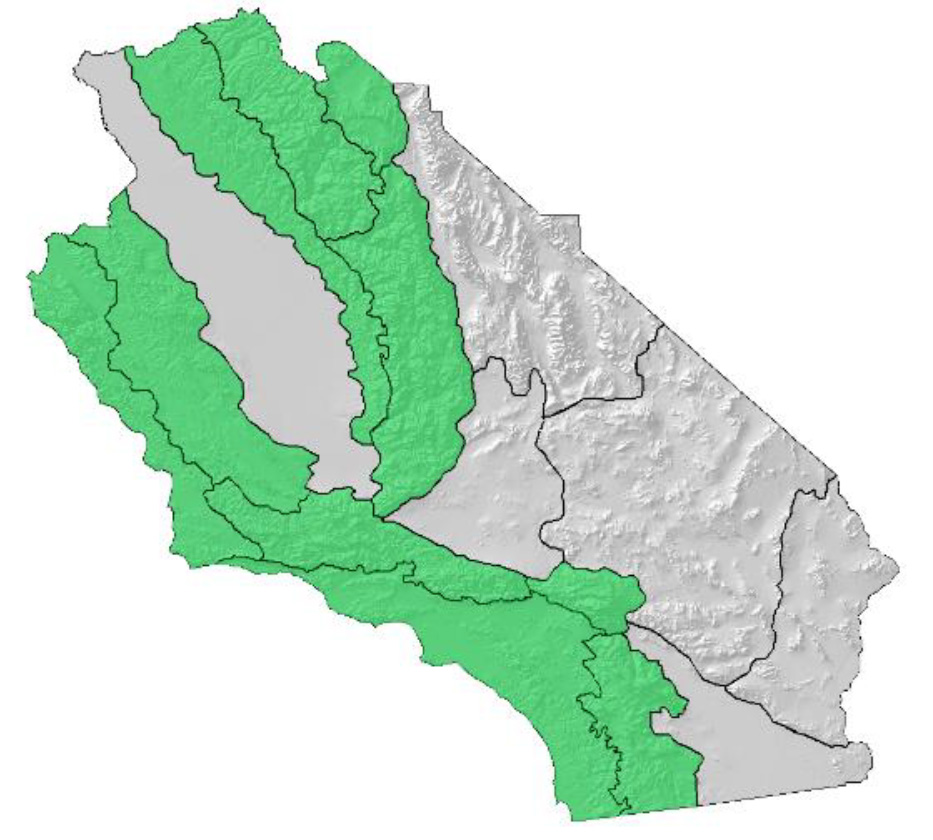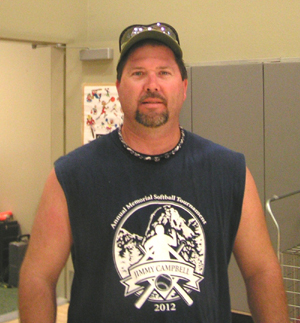The outlook for the 2023 summer fire season continues to be cautious but better than 2022. Winter’s rain and snow have greatly improved fuel moisture content. Last week’s cool weather and modest precipitation also delayed the drying of fuels, especially at the higher elevations of the San Jacinto Mountains.

Idyllwild and most of the Hill communities are between two distinct fire zones. At the lower elevations (near the bottom of the Hill) are the grassy environments. The second, which encompasses Pine Cove and higher elevations, is more forested. Besides the benefit of diversity, during fire season, these areas create two different fire threats.
Grass fires can ignite below and move up the slopes and forest fires can ignite and be blown down toward homes and people. Fire officials are careful to assess both areas for possible wildfire threats to the Hill neighborhoods.
Idyllwild Fire Protection District (IFPD) Chief Mark LaMont noted, “… the winter precipitation that brought (much needed) record rain and snow fall and brought nearly all of California ‘out of drought conditions’ will likely ‘delay’ the onset of our upcoming season[. H]owever, this delay will likely be short-lived, and an ‘average’ fire season is being predicted throughout California for 2023.”
Sharing similar thoughts was Cal Fire’s Tim Chavez, assistant chief for Wildfire Forecast and Threat Intelligence Integration Center, when asked if he thought fire season might shift more toward late summer or fall. “Well, that depends. High elevation [higher than 6,000 feet] I still believe fires will be delayed until August or September. At lower elevations, it’s pretty much too late. The grass has reached the end of its life cycle, and any moisture from here on out will constitute only a delay of a few hours or days. By June 1 we should be busy with grassfires that last a day or two.”
And Riverside County Fire Chief Bill Weiser shared the same concerns about grass fires and woodland fires peaking later in the summer. “My thoughts of fire season are with the grass crop in the lower and mid elevations when it does cure, our initial attack fires will be increased when measured to the past two years. These fires have the potential to spread quickly and become extended attack fires that last more than one day.”
The Predictive Services Unit for Cal Fire’s Southern Region noted that the danger of grass fires is wind spreading them and pushing the conflagration up the slopes. However, the higher live fuel moisture in the vegetation as the grass yields to shrubs and brush is likely to slow and diminish the fire.
Weiser and Predictive Services also do tend to expect the 2023 fire season to be at its greatest later in the summer. “I think the upper elevations with the amount of prolonged moisture this winter and spring will cure later mid to late summer or fall. The issue is the dead component in the brush and trees still exists, the dead fuels are going to dry out and be a carrier of fire,” wrote Weiser.
South Op’s conclusion was: “This competing combination of factors may lead to a delayed but ultimately near normal lower elevation fire season. However, such fires tend to be shorter in duration and less straining on resources than higher elevation fires involving heavy timber, the likes of which are expected to be below normal this year. So resource demand within the geographic area is likely to be below normal most of this summer.”
Currently, firefighting professionals expect this summer to be slightly below normal and any significant fire activity to be delayed. But they stress, wildfires are always possible in this environment.
LaMont advises Hill residents to “Be prepared, be vigilant, and be educated.” Prepared means to abate your property. IFPD property inspections will begin the week of May 15. Vigilant means to be watchful and aware of emergency notices. Educated means reading about abatement and home hardening techniques.
Meanwhile, IFPD will continue to train and work with other agencies, such as Cal Fire, the U.S. Forest Service, the Bureau of Land Management and the Sheriff’s Office in case of emergencies on the Hill, he added.
Almost identical comments were shared by Weiser: “The public needs to take precautions not to start fires, whether working, i.e., welding, clearing vegetation with a metal blade, using internal combustion engines without a spark arrester or when playing. [Be] careful with any open flame either as a cooking fire or warming fire.
“People staying vigilant and making decisions that safeguard our open spaces is always the key to a moderate fire season,” Weiser stressed.






